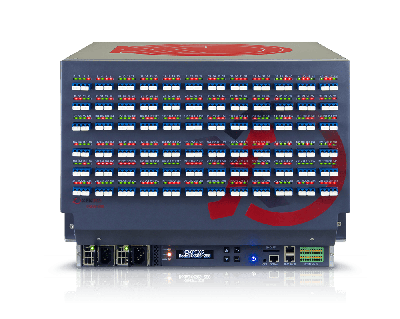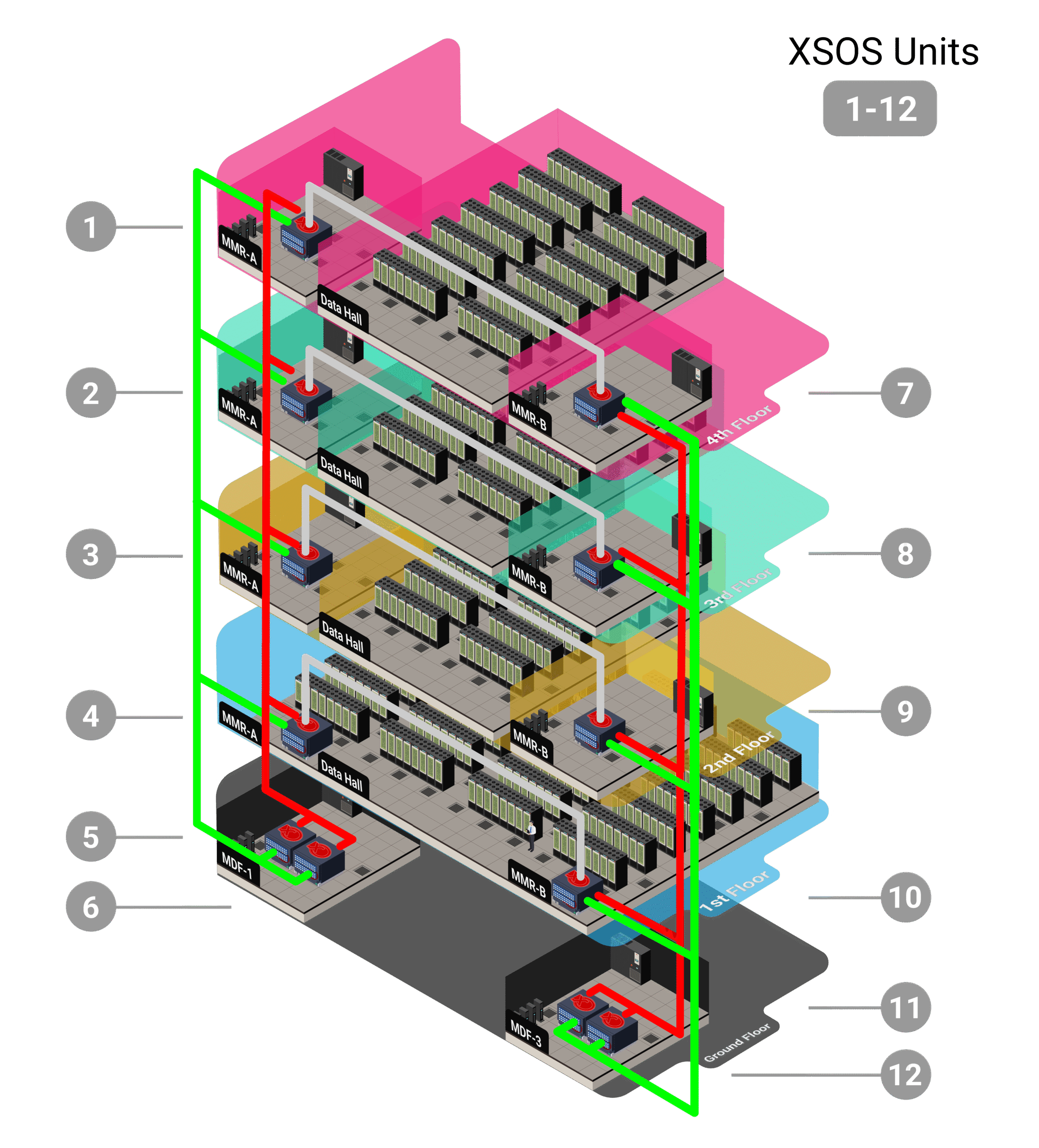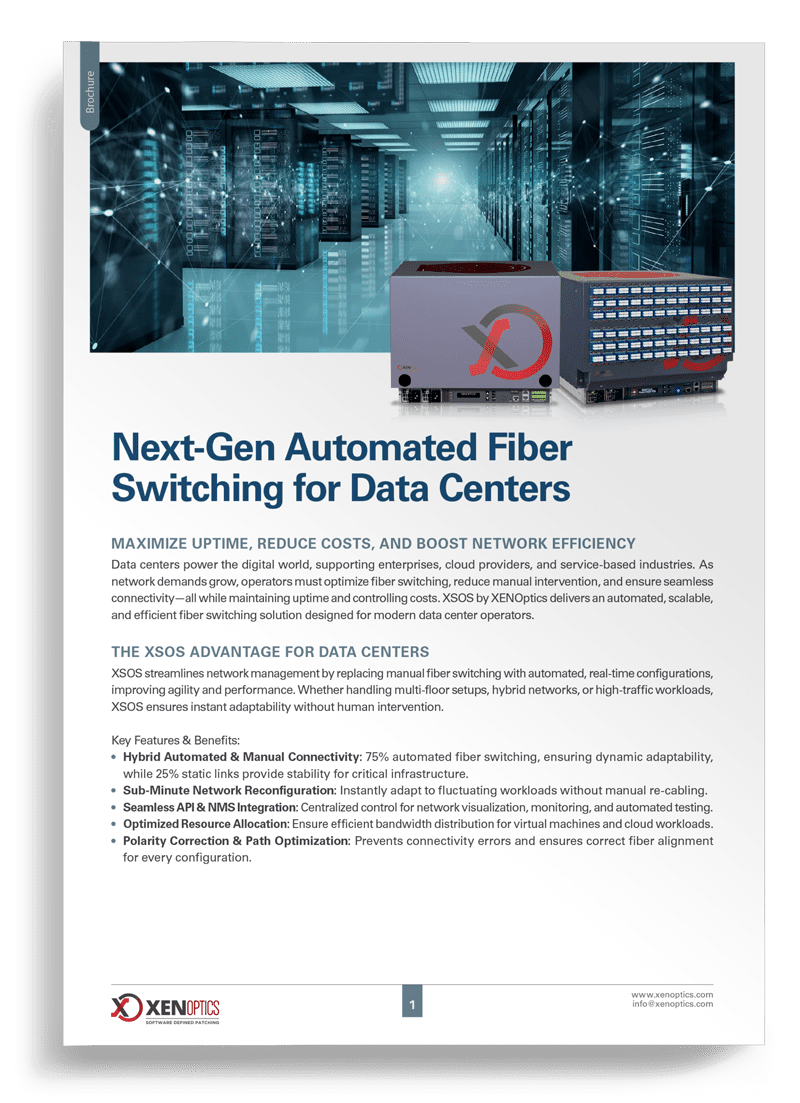A multi-floor facility connects compute, storage, and border fabrics through an XSOS core in the MMR and CSOS nodes near edge rows. Each unit sits in a standard rack, tied into structured cabling, so operators can scale without recabling or re-patching. Using the NMS dashboard, teams pre-stage entire connection sets and queue them for automatic execution during nightly windows.
During a storage migration, host uplinks swing to a parallel array for validation. Operators run IO benchmarks, confirm stability, and then roll forward. The robotic switch fabric completes each cross-connect in under a minute, with no manual patching, no cage access, and full traceability across every step. Passive latching ensures all live circuits remain intact, even if a module is swapped or power is interrupted.
When a carrier turn-up slips, the workflow simply pauses in the task queue until the next approved window. No stranded hands-on time, no wasted site visits—just pending commands waiting to be released. The result is a repeatable, software-defined process that cuts risk, eliminates downtime, and aligns change control with facility operations.










